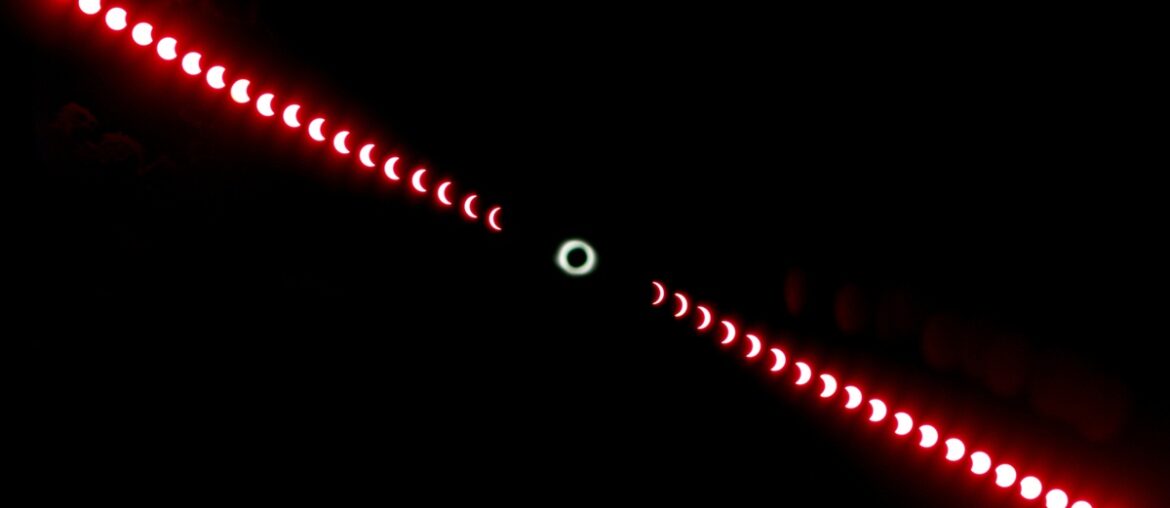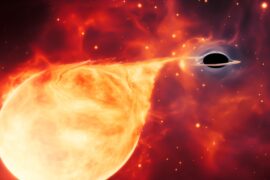Recall the August 21, 2017 total solar eclipse that swept across the continental United States — millions paused to watch day briefly turn into night.
That single, unforgettable path of totality captured the public imagination and drove tourism to small towns, while scientists used the brief darkness to study the Sun’s corona and test instruments. Solar eclipses occur worldwide about 2–5 times per year, and a total solar eclipse will pass over any given spot roughly once every 375 years on average.
Here are 10 different types of eclipses explained, with definitions, how they occur, notable examples (dates and numbers), and why each matters for viewers and researchers.
Solar Eclipses
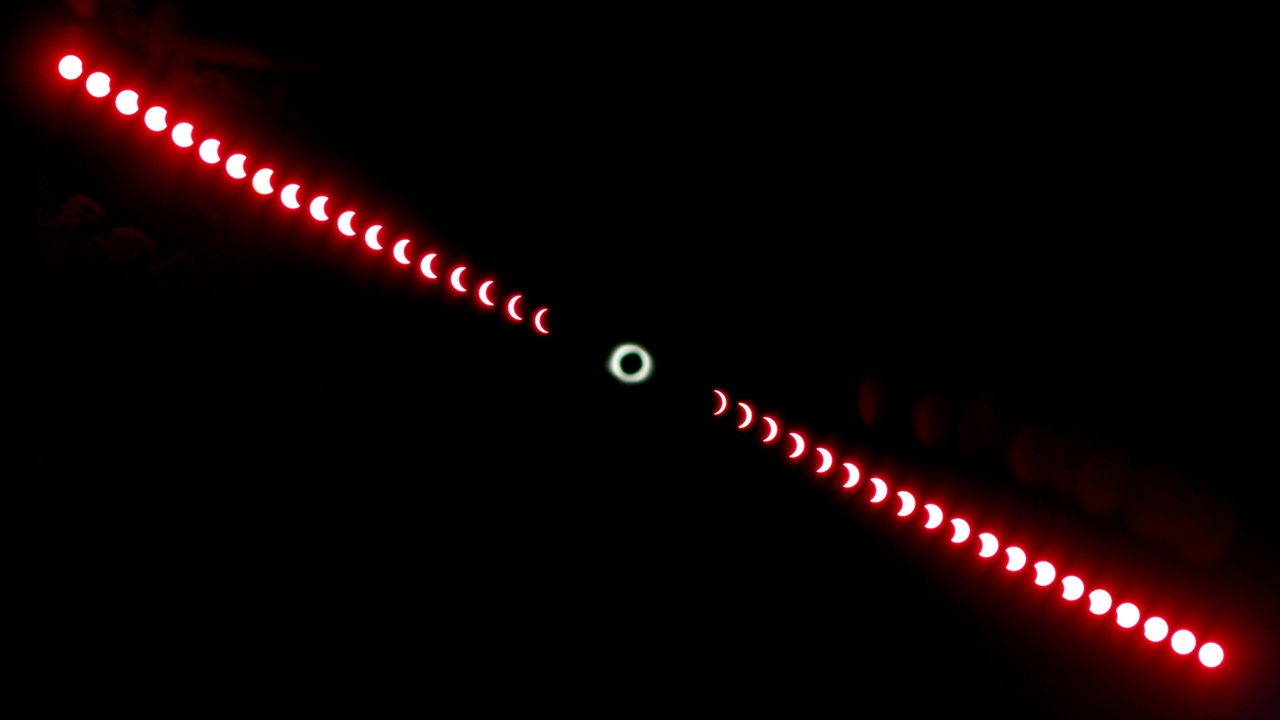
Solar eclipses happen when the Moon moves between the Sun and Earth and blocks some or all sunlight for observers on Earth. They come in four main varieties — total, annular, hybrid, and partial — and visibility depends on precise geometry: distances, angles, and the observer’s location.
Worldwide, 2–5 solar eclipses occur each year, but the narrow path of totality for a total eclipse is typically only ~100–200 km wide and moves quickly across Earth’s surface.
1. Total Solar Eclipse
A total solar eclipse occurs when the Moon completely covers the Sun for observers inside the path of totality. The sky darkens, stars and planets become visible, and the solar corona appears as a glowing halo.
The path of totality is usually about 100–200 km wide and totality at any given spot lasts up to ~7.5 minutes (typical durations are 2–4 minutes). The August 21, 2017 total solar eclipse across the U.S. provided many teams and citizen scientists chances to measure the corona and test instruments.
Scientists study coronal structure and solar wind origins during totality; the event also spurs public engagement and significant local economic boosts from eclipse tourism.
2. Annular Solar Eclipse
An annular eclipse happens when the Moon is near apogee and appears slightly smaller than the Sun, leaving a bright “ring of fire” around the Moon’s silhouette. The Moon’s apparent diameter varies by roughly 14% between perigee and apogee, which changes whether an eclipse is total or annular.
Annular eclipses occur somewhere on Earth about once every 1–2 years. Because the Sun’s disk is never fully covered, the corona remains hidden, so annulars are more attractive for photographers than for coronal science.
Observers must use proper solar filters for the entire event; unlike totality, it is never safe to view an annular eclipse without eye protection.
3. Hybrid (Annular/Total) Solar Eclipse
A hybrid eclipse shifts between annular and total along its path: some locations see totality while others see an annulus. The effect stems from Earth’s curvature combined with the Moon–Sun apparent size changing slightly along the line of sight.
Hybrids are uncommon — only a few occur per decade — so they attract careful planning by observers who want to catch the total portion. Recent hybrid events drew scientific teams because conditions change significantly along the track.
For travelers and researchers the practical challenge is choosing the right place along the path to experience totality rather than annularity.
4. Partial Solar Eclipse
In a partial solar eclipse, only part of the Sun is obscured by the Moon. Many people experience partial phases either because they are outside the narrow path of totality or because the eclipse geometry never produces totality at their location.
Partial coverage can be dramatic near the path edges or subtle far away. Large regions often see only a partial view during any given eclipse, so partials are the most common public experience.
Always use certified solar filters or eclipse glasses when viewing any partial phase; ordinary sunglasses are not enough.
Lunar Eclipses
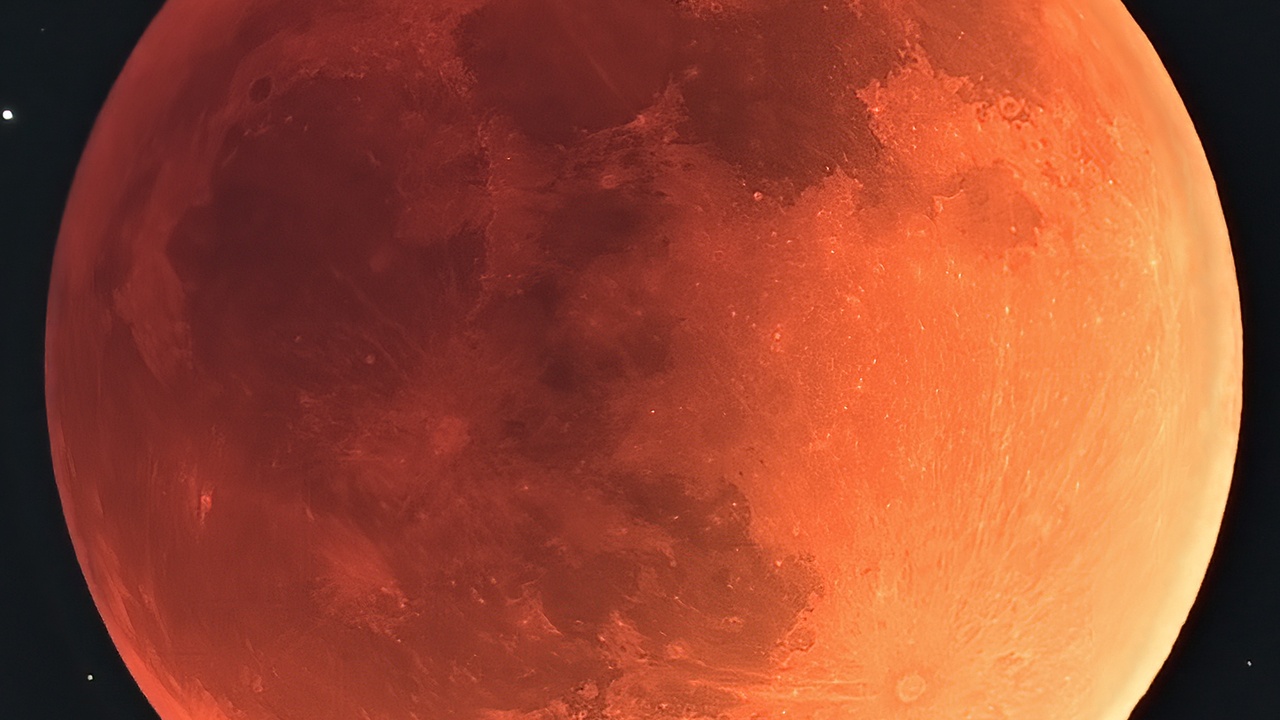
Lunar eclipses occur when Earth passes between the Sun and Moon, casting Earth’s shadow on the lunar surface. Unlike solar eclipses, lunar events are visible from anywhere on Earth’s night side and can last for several hours across penumbral and partial phases.
Three types exist in this category: total, partial, and penumbral. Globally, there are generally 2–4 lunar eclipses each year of varying prominence.
5. Total Lunar Eclipse
A total lunar eclipse happens when the entire Moon moves into Earth’s umbra. The Moon often takes on a red or copper hue because sunlight refracted through Earth’s atmosphere scatters shorter wavelengths and bends the red light toward the Moon.
Totality can last up to about 1 hour 40 minutes depending on the geometry. Total lunar eclipses occur a few times per decade for any given location; globally there may be 0–3 total lunar eclipses in a year.
Astronomers use these events to study Earth’s atmosphere (the color and brightness reveal aerosol and dust content) and to calibrate photometric models.
6. Partial Lunar Eclipse
In a partial lunar eclipse only a portion of the Moon enters Earth’s umbra, producing a distinct dark “bite” that moves across the lunar disk. The progression is easy to follow with the naked eye, binoculars, or a small telescope.
Partial lunar eclipses are relatively common and often occur in the same eclipse season as total eclipses. They’re excellent for public outreach because no eye protection is required and the geometry is straightforward to explain.
7. Penumbral Lunar Eclipse
A penumbral lunar eclipse occurs when the Moon passes only through Earth’s penumbral shadow. The dimming is subtle and can be difficult to notice without careful comparison photographs or precise photometry.
Penumbral eclipses happen more often than total lunar eclipses and can occur several times per year. They’re useful teaching moments for shadow geometry, even if they lack the visual drama of a blood moon.
Other Eclipses, Transits, and Occultations
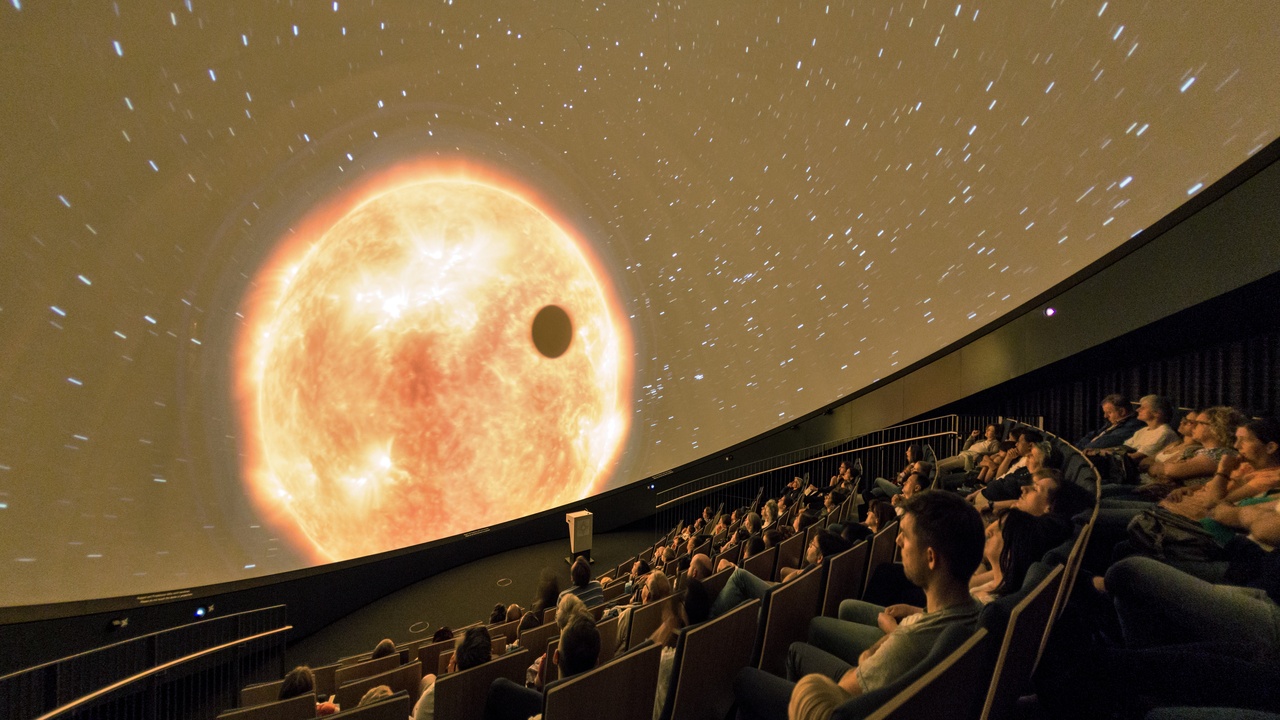
Beyond Earth-centered solar and lunar events, astronomers use broader terms to describe blocking phenomena: transits (small object crosses larger disk) and occultations (a nearer object hides a more distant source). These events are powerful tools for precise measurements and discoveries.
From Venus transits used to measure the astronomical unit to stellar occultations that revealed the rings of Uranus in 1977, these techniques extend the eclipse concept across the solar system and beyond.
8. Planetary Transit (Mercury and Venus)
A transit occurs when a relatively small body passes in front of a larger disk as seen by an observer. Mercury and Venus transit the Sun but appear tiny against the solar disk, so we call these transits rather than eclipses.
Mercury transits occur about 13–14 times per century, while Venus transits are rare pairs separated by more than a century (the modern pair were in 2004 and 2012). Historically, Venus transits helped astronomers estimate the scale of the solar system.
Today transits serve as analogs for exoplanet detection methods and are valuable for testing instrumentation and timing techniques used in professional observatories.
9. Stellar Occultation
A stellar occultation happens when a solar-system object passes in front of a distant star, briefly blocking its light. Because the star is effectively a point source, the disappearance and reappearance times can pin down the occulting body’s size and shape to kilometer-scale precision.
Occultations have produced major discoveries: the rings of Uranus were revealed in a 1977 occultation, and more recently rings were found around the small body Chariklo via occultation observations. Coordinated observations from multiple locations yield “chords” that reconstruct an object’s profile.
Both professional and skilled amateur teams contribute to these campaigns, delivering precise astrometry and shape constraints that are otherwise difficult to obtain.
10. Mutual Eclipses and Grazing Events (Moons and Planets)
Mutual eclipses occur when moons pass into each other’s shadows, common in compact satellite systems like Jupiter’s Galilean moons. Grazing events happen when an object skims another body’s limb, producing fleeting features such as Baily’s beads during solar grazes.
A season of mutual events can produce dozens of measurable occultations and eclipses that refine orbital models and measure tidal interactions. Precise timing of these events helps improve ephemerides and tests theories of satellite dynamics.
Observers exploit grazing paths and mutual event seasons to extract high-value timing data; even a few seconds’ difference can reveal important physical effects.
Summary
- Solar, lunar, transit, occultation, and mutual events are all related phenomena with distinct geometries and observational signatures.
- Total solar eclipses offer rare coronal science and dramatic public spectacle; annular, partial, hybrid, and grazing eclipses each present different viewing and safety considerations.
- Lunar eclipses (total, partial, penumbral) are widely visible and useful for atmospheric studies; penumbral events are subtle but educational.
- Transits and occultations (e.g., Venus transits 2004 & 2012; Uranus rings via occultation in 1977) are powerful scientific tools for measuring sizes, rings, and atmospheres.
- Check authoritative eclipse calendars (for example, NASA’s eclipse site) and plan ahead; use proper eye protection for all solar events.
Enjoyed this article?
Get daily 10-minute PDFs about astronomy to read before bed!
Sign up for our upcoming micro-learning service where you will learn something new about space and beyond every day while winding down.

